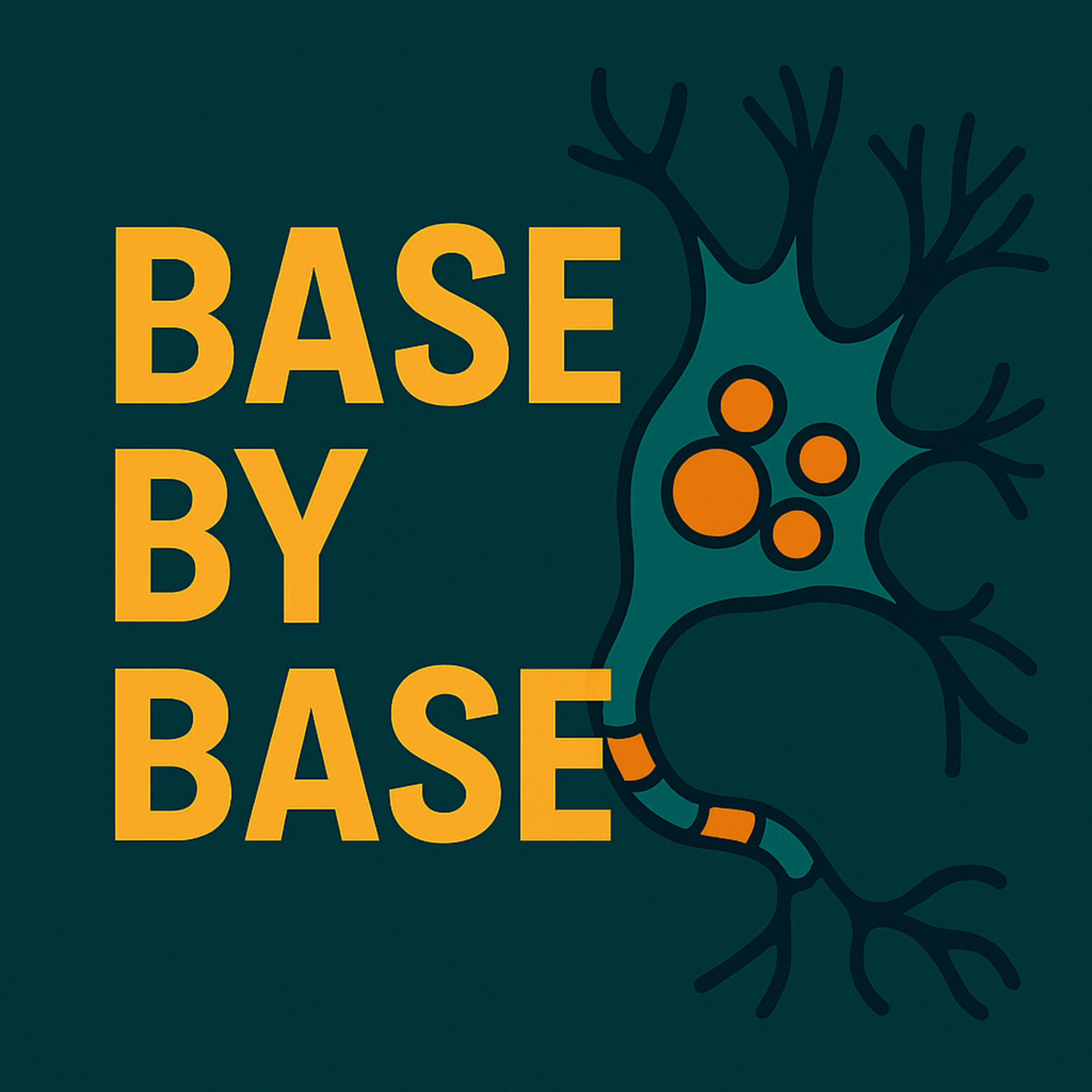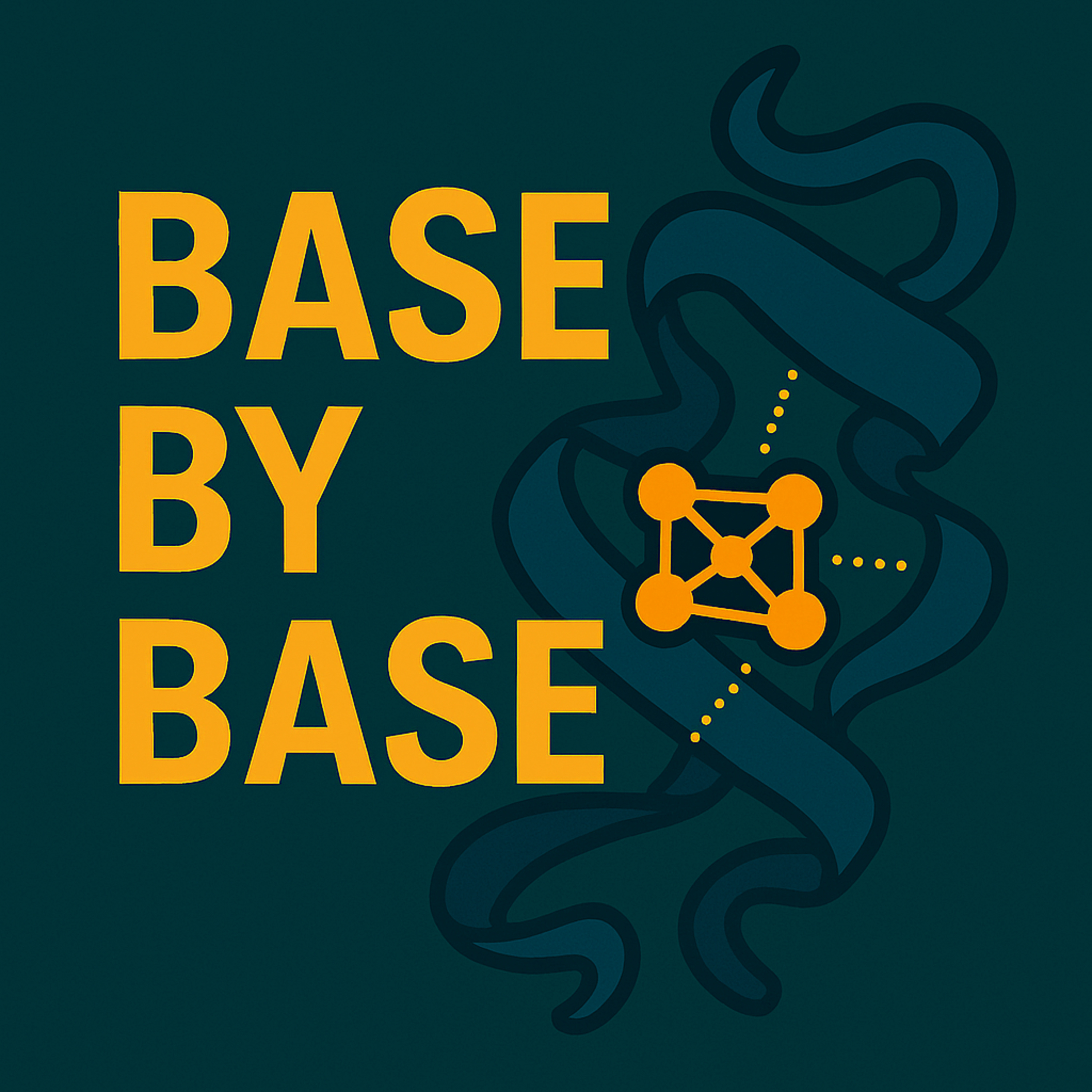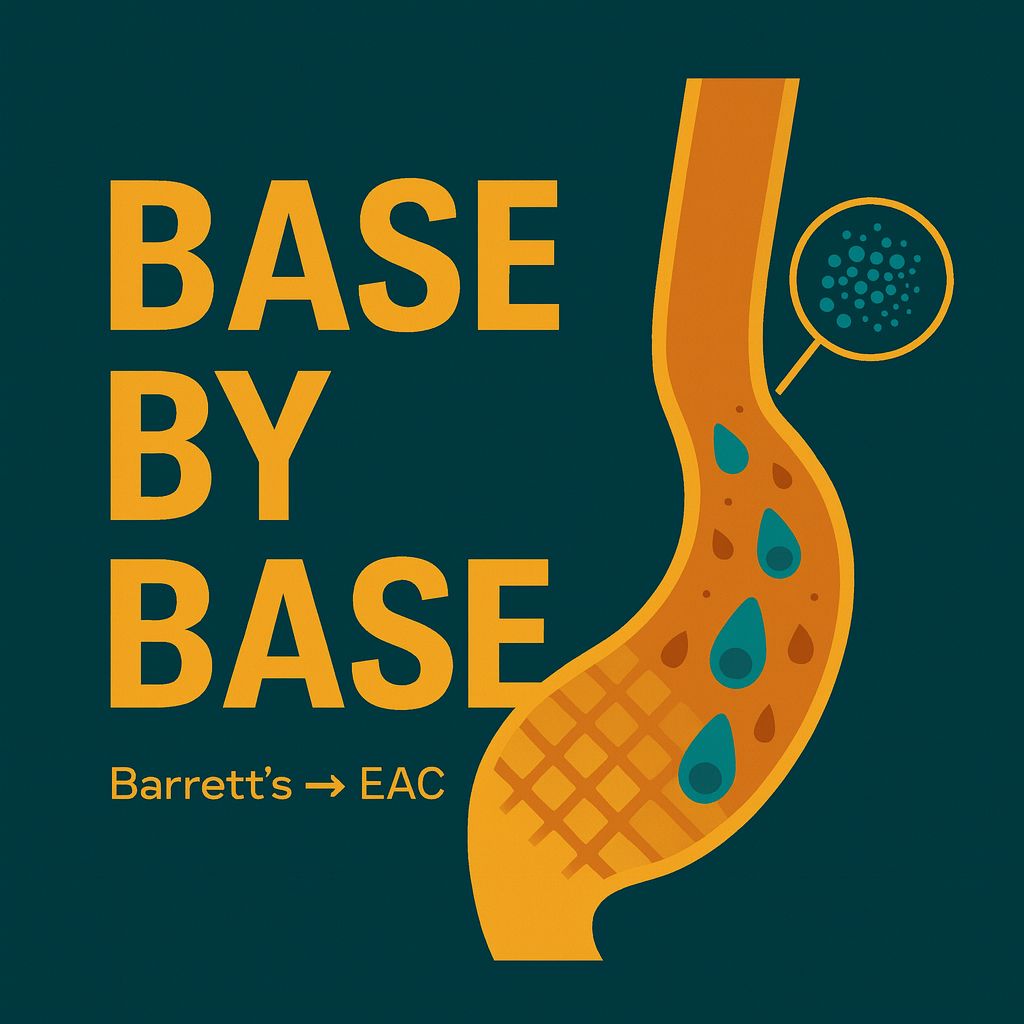Show Notes
️ Episode 83: Single-cell Analysis of dup15q Syndrome Illuminates Autism Mechanisms
In this episode of PaperCast Base by Base, we explore how single-cell RNA sequencing of patient-derived cortical organoids and postmortem brain tissue uncovers developmental and postnatal molecular changes in duplication 15q syndrome, a major genetic cause of autism.
Study Highlights:
The authors performed single-cell and single-nucleus transcriptomic profiling on cortical organoids and postmortem cortical samples from dup15q patients and matched controls to map cell-type specific gene expression changes across development and adulthood. They discovered a transient increase in glycolysis in deep-layer neurons and loss of layer-specific molecular identity during organoid differentiation. In postmortem adolescent and adult brains, upper-layer neurons exhibited increased transcriptional burden related to synaptic signaling, mirroring patterns observed in idiopathic autism. Spatial transcriptomics validated these disruptions in situ, and co-expression network analysis revealed preserved disease-associated modules linking metabolic dysregulation to synaptic dysfunction and neuronal hyperexcitability.
Conclusion:
This work highlights dynamic molecular reprogramming in dup15q neural lineages and provides a framework for understanding convergent pathways in syndromic and idiopathic autism.
Reference:
Perez Y, Velmeshev D, Wang L, White ML, Siebert C, Baltazar J, Zuo G, Moriano JA, Chen S, Steffen DM, Dutton NG, Wang S, Wick B, Haeussler M, Chamberlain S, Alvarez-Buylla A, Kriegstein A. Single-cell analysis of dup15q syndrome reveals developmental and postnatal molecular changes in autism. Nature Communications. 2025;16:6177. doi:10.1038/s41467-025-61184-4
License:
This episode is based on an open-access article published under the Creative Commons Attribution 4.0 International License (CC BY 4.0) – https://creativecommons.org/licenses/by/4.0/
On PaperCast Base by Base you’ll discover the latest in genomics, functional genomics, structural genomics, and proteomics.




